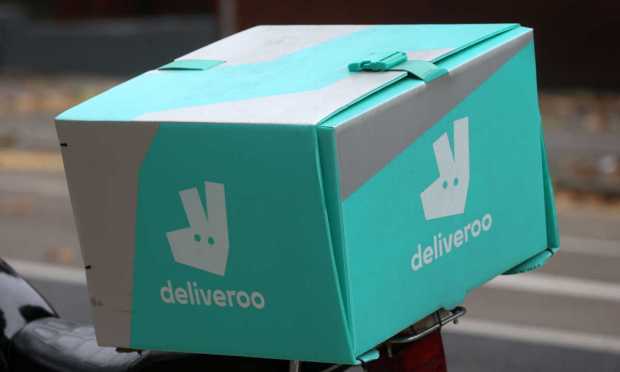Deliveroo Says Grocery Delivery Orders Still Rising Despite Inflation

Contrary to the behavior one might expect in the face of skyrocketing inflation, United Kingdom-based food delivery service Deliveroo is noticing growth in its grocery delivery business.
On a call with analysts Friday (Oct. 21) discussing the company’s third-quarter 2022 financial results, Co-founder and CEO Will Shu noted that, in terms of growth in the number of orders, grocery has performed better than restaurants.
“I don’t know the reasons for that because as you all know … buying groceries and getting them in 20 minutes is more expensive than certainly going to the supermarket, though it seems like people are still willing to pay for that convenience,” Shu said. “I suppose that maybe some consumers are just thinking about, ‘Well, I can make a pound last longer by purchasing groceries and making something at home, but I still want that convenience of getting it in 20 minutes.’”
In the quarter, the company added an additional 2,000 grocery locations (up 7,000 year over year) and expanded its ultrafast delivery service Hop, and earlier this month, the company announced the opening of its first brick-and-mortar grocery store, which accepts on-site and mobile orders for pickup in addition to the typical delivery options.
Related news: Deliveroo’s New Store Adds Grocery Pickup Option to Aggregator Model
Of the company’s expansion of Hop and its B2B Hop-as-a-service for grocers, Shu noted that he is “very pleased” with the progress, particularly “on the profitability side.” Regarding the physical grocery store, Shu added that this location is just “one of the formats we’re experimenting with,” suggesting other trial store models to come.
Indeed, in Deliveroo’s home country, online grocery adoption is significantly further along than in the United States. Research from PYMNTS’ 2021 study “What U.K. Consumers Expect From Their Grocery Shopping Experiences,” created in collaboration with ACI Worldwide, which drew from a survey of more than 2,500 U.K. adults about their omnichannel grocery purchasing preferences, found that nearly twice as large a share of U.K. grocery shoppers as U.S. shoppers favor eCommerce channels. Additionally, the same study found that U.K. shoppers are more than three times as likely to favor delivery options.
Yet, food inflation in the United Kingdom is soaring, even higher than it is in the United States. In September, food and non-alcoholic beverage prices in the country rose by 14.6% year over year, according to data reported by the Office for National Statistics Wednesday (October 19). In contrast, in the United States, food prices were up 11.2% year over year the same month.
Consequently, consumers spending extra to get their groceries delivered runs contrary to expectations, given that many are paring back their spending. Research from the August edition of PYMNTS’ Consumer Inflation Sentiment study “Consumer Inflation Sentiment: Inflation Slowly Ebbs, but Consumer Outlook Remains Gloomy,” found that 62% of grocery shoppers said they had cut down on nonessential spending in response to rising prices. Plus, 48% had switched to cheaper merchants, and 37% had opted to buy lower-quality offerings.
That said, Deliveroo’s customers tend to have more disposable income than the average person.
“We are very strong in areas that are highly densely populated, that have a … more affluent customer base,” Shu said, later adding that in the past six months, the company has seen that “the more affluent the consumer” is, “the higher the engagement is on the platform.”
